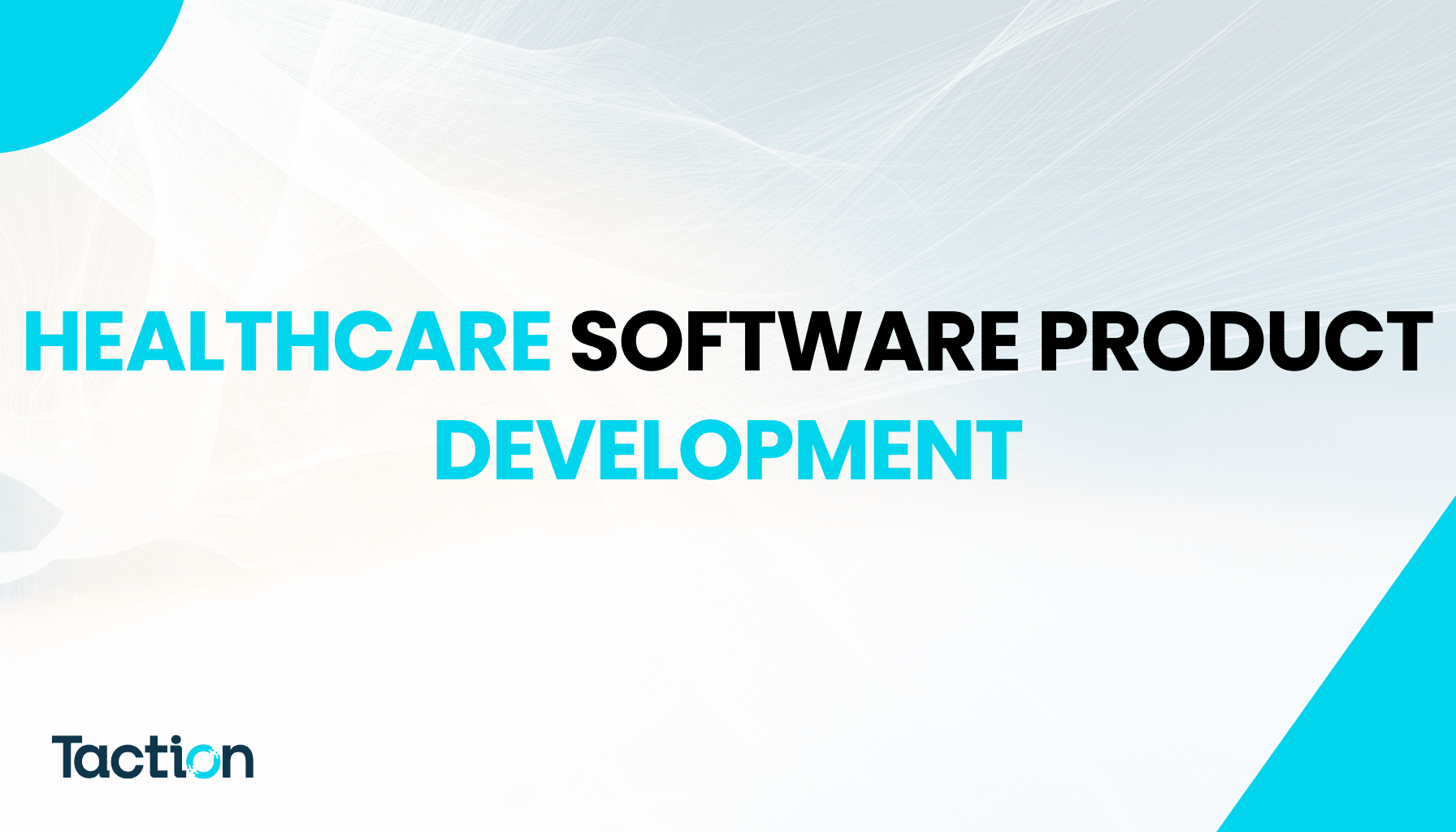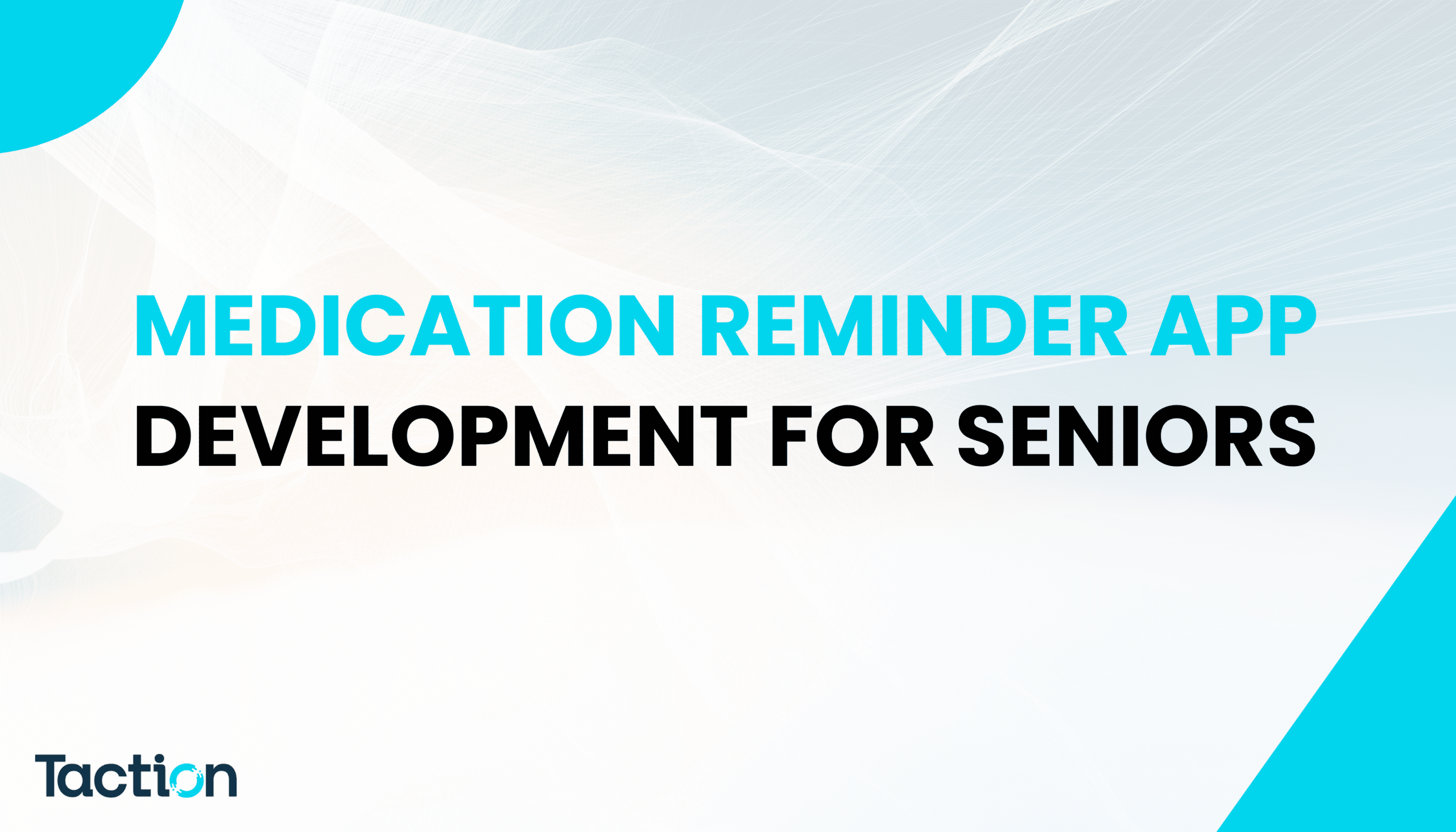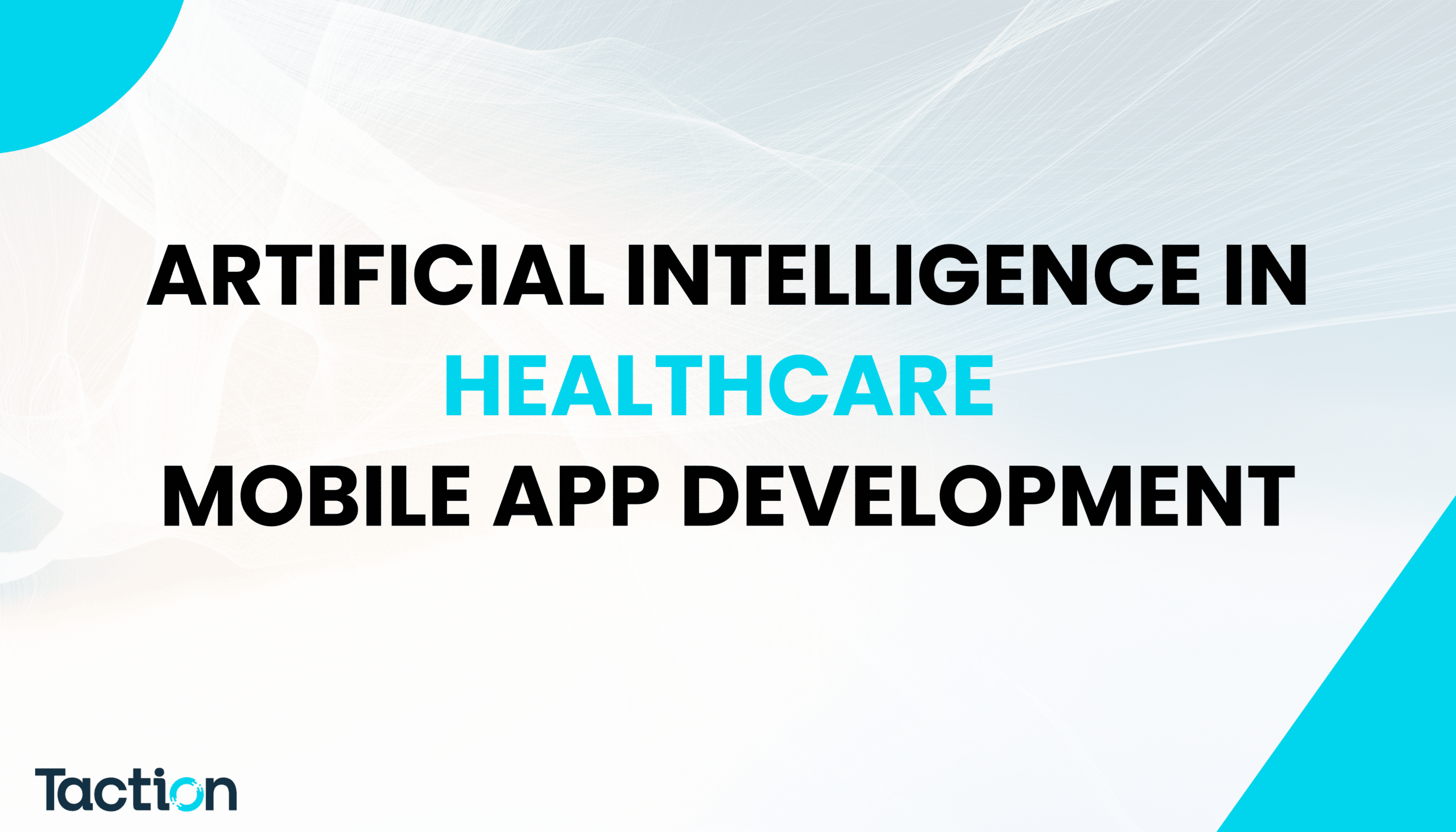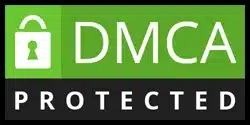Top HIPAA-Compliant App Features Hospitals Need in 2025
Mobile and web apps are the digital hearts of hospitals and healthcare. They’re how they’re running clinical care, communicating with patients, managing their staff, streamlining their internal workflows, and more. But as digital health innovations keep booming, providers are doubling down on data security and compliance.
HIPAA compliance is a top priority for hospitals, health-tech startups, and enterprise software providers in 2025 and beyond. At Taction Software, we’re building secure, scalable, fully HIPAA-compliant software solutions for U.S.-based hospitals and digital health organizations. In this guide, we highlight the most important features your app needs to include in 2025—and how to build it correctly the first time.
Why HIPAA Compliance Still Matters in 2025
In 2025, HIPAA is still the main authority on patient data security in the United States. OCR and HHS have been stricter with enforcements and handing out penalties, even for minor discrepancies or poor app architecture.
- Since 2020, the use of digital health apps has grown by more than 300%.
- Cyberattacks on hospital networks are becoming more common and more severe.
- Being non-compliant can result in lawsuits, federal fines, and loss of patient trust.
If your app stores, transmits, or interacts with PHI in any way, you have no choice but to be compliant.
Who Needs HIPAA-Compliant App Development?
If your app fits any of these user types or use cases, you need HIPAA compliance:
- Hospitals and healthcare systems for remote monitoring, EHR integration, or care coordination
- Digital health startups building wellness, diagnostic, or scheduling apps
- Telehealth platforms for virtual consultations or therapy
- Health SaaS products handling sensitive patient records
- AI or data analytics platforms using PHI for population health or clinical decision-making
And yes, even if you’re only storing PHI temporarily, or using third-party platforms—you’re still responsible for compliance.
What Makes an App HIPAA-Compliant in 2025?
HIPAA compliance is built on three kinds of safeguards:
- Administrative Safeguards – policies, access control, and workforce training
- Technical Safeguards – encryption, session handling, audit logging, secure APIs
- Physical Safeguards – server room access, workstation security, mobile controls
HIPAA is more than security. A HIPAA-compliant app is engineered for accountability, traceability and privacy protection. Without all the layers, the best security solution can turn your safest app into a time bomb.
10 Must-Have HIPAA-Compliant Features for Hospital Apps
These are the non-negotiable features your app must include in 2025 to meet HIPAA standards:
1. Secure User Authentication & Role-Based Access
Implement multi-factor authentication (MFA) and define user roles (doctors, nurses, admin staff, patients). Each user should only access what’s relevant to their job function.
2. End-to-End Encryption (In Transit & At Rest)
All data transmission must be encrypted using TLS 1.3 or higher, while stored data should use AES-256 encryption. We ensure encryption is handled both on the app side and backend infrastructure.
3. Audit Logging & Real-Time Monitoring
Every access, edit, or export of PHI must be logged and time-stamped. Your admin panel should allow real-time alerts for unauthorized attempts or suspicious access behavior.
4. Consent Management & E-Signatures
Track and store patient consent digitally for treatments, data sharing, or telehealth interactions. Our apps offer audit-ready, legally binding e-signature workflows.
5. Session Timeout & Automatic Logout
Idle sessions should automatically expire to prevent unauthorized PHI access. This is especially important for shared workstations and tablets used in hospital settings.
6. HIPAA-Compliant Messaging & Video Calling
In-app chat and video consultations must be encrypted and isolated from third-party tools unless properly covered by Business Associate Agreements (BAAs).
7. Data Archiving & Retention Policies
Apps should align with federal and state-specific medical record retention laws. This includes scheduled deletions, archival processes, and access expiration for outdated records.
8. PHI Access & Sharing Notifications
Notify both users and admins when PHI is viewed, edited, or shared externally. Taction’s built-in compliance alert system enhances transparency and trust.
9. Disaster Recovery & Data Backups
Ensure continuity during cyberattacks or server failures. Our apps offer geo-redundant backups, instant failover systems, and hourly recovery points.
10. Admin Compliance Dashboard
Equip your app with a dashboard for compliance managers to monitor risks, access logs, policy violations, and expired consents—all in one place.
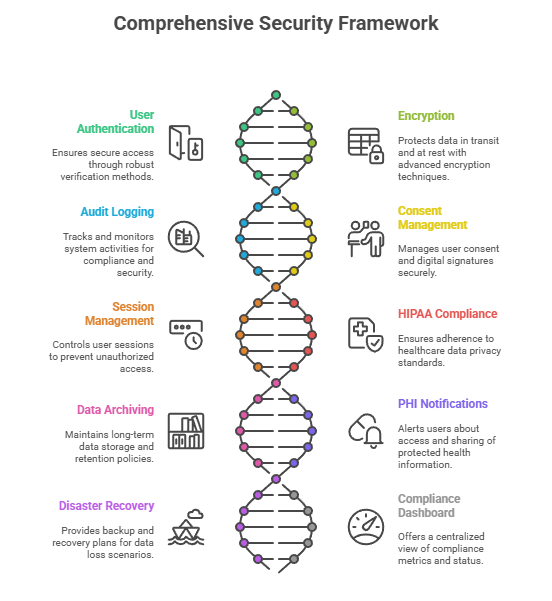
Bonus: Don’t Forget These Integrations
Connecting to large platforms such as Epic, Cerner, Salesforce, or a payment gateway can expose you to risk if not done securely.
At Taction, we:
- Employ FHIR-based APIs for safe EHR interoperability
- Review every third party for compliance and sign BAAs
- Tokenize data to avoid exposing it to 3rd party integrations
How We Build HIPAA-Compliant Apps at Taction Software
We have over 20 years of experience, and our proven approach to every app is battle-tested:
- Discovery Workshop with your legal/IT team to understand the scope of compliance
- Security Architecture Design using zero-trust and least-privilege principles
- Development & Testing with U.S.-based engineers and a secure SDLC
- HIPAA Compliance Review that includes vulnerability scans, code audits, and third-party pen testing
- Deployment with Monitoring and ongoing compliance support
Real Examples: HIPAA Apps We’ve Delivered
- Remote Patient Monitoring Platform for a Midwest hospital, with real-time vitals, FHIR support, secure nurse dashboards
- Telehealth Therapy App for a behavioral health provider, with encrypted chat, consent forms, and private notes
- EHR Companion App for mobile in-hospital use, with secure access to patient summaries, medication alerts
How Long Does It Take to Build a HIPAA App?
MVP timeline: 6–10 weeks
Full-feature product: 3–6 months
Timelines vary based on features, integrations, platforms (iOS, Android, Web), and custom compliance requirements.
How Much Does a HIPAA-Compliant App Cost?
2025 price benchmarks (U.S. standards):
Startups / MVPs: $40,000 – $80,000
Mid-to-Large Hospital Systems: $120,000 – $300,000+
Cost drivers include:
Custom feature development
Number of integrations (EHR, billing, CRM)
Hosting (AWS, Azure, on-premise)
Security testing and HIPAA audits
Final Thoughts – Build It Right the First Time
HIPAA is no longer just a regulation, it’s a competitive edge. A compliant app is not just protective of your hospital, it makes your hospital stronger.
We at Taction Software don’t just develop apps, we provide completely compliant, scalable, and secure apps that not only meet every federal regulation but help meet your mission to better people’s lives.
FAQs – HIPAA App Compliance in 2025
Misconfigured APIs, unsecured data storage, and poor access controls are the leading causes of HIPAA violations in mobile applications.
Yes. With FHIR-based APIs and a proper BAA in place, we build Epic-integrated apps that meet full compliance standards.
Absolutely. All telehealth sessions must use encrypted transmission protocols and cannot store unprotected communication data.
No. You must use HIPAA-eligible services and configure them properly. A signed BAA with your cloud provider is also essential.
Yes. Any vendor or integration that handles PHI—analytics, messaging, payment processors—must sign a BAA to ensure compliance.


